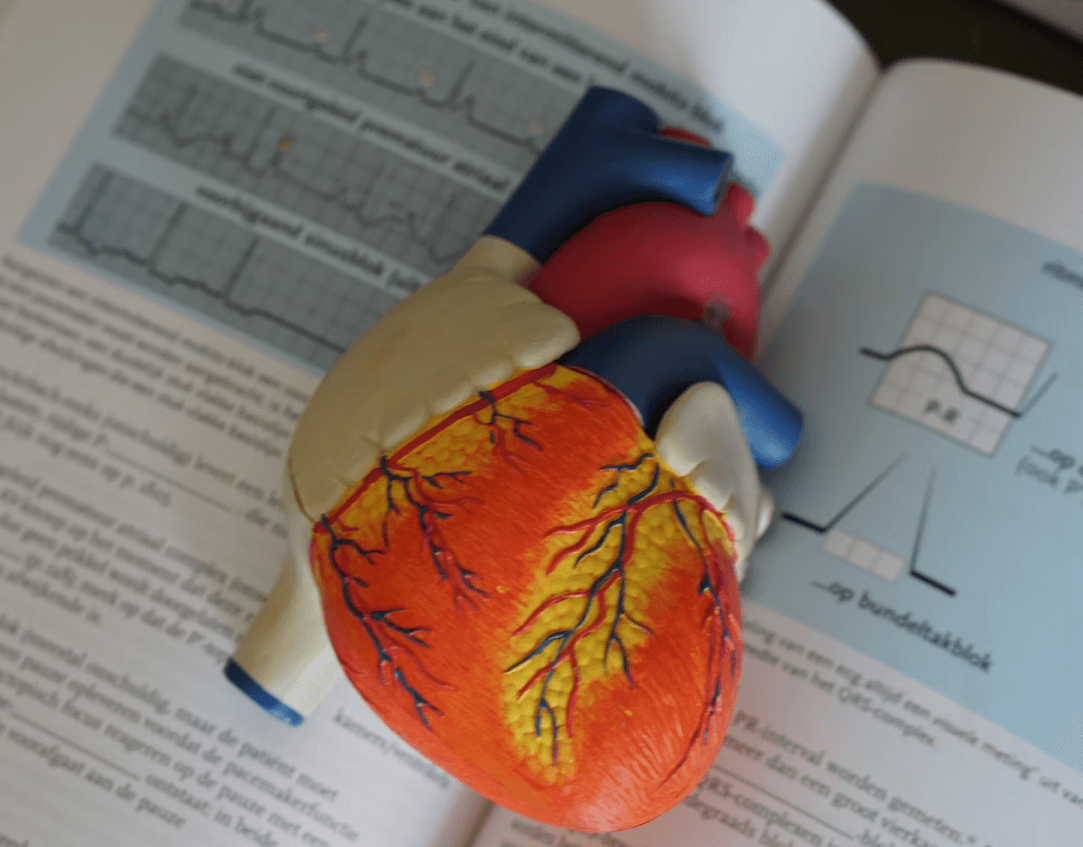Cardiopulmonary Resuscitation (CPR) is more than a life-saving technique; it’s a critical skill that bridges the gap between life and death in an emergency. Its importance extends far beyond hospitals and ambulances—it’s a skill that saves lives in homes, workplaces, schools, and public spaces.
This blog aims to explore the crucial role of CPR in healthcare—from its definition and process to its history and wider impact. Whether you’re a healthcare professional or a concerned citizen, understanding CPR could make all the difference when it matters most.
What Is CPR and Its Role in Healthcare?
At its core, CPR (Cardiopulmonary Resuscitation) is a procedure designed to restore and maintain blood circulation and oxygen flow in a person experiencing cardiac arrest or respiratory failure.
The Process of CPR:
- Chest Compressions: Delivering rhythmic compressions to mimic the heart’s pumping action.
- Rescue Breaths (optional in hands-only CPR): Providing oxygen to the lungs by breathing into the person’s mouth.
The objective is simple yet profound—prevent brain death and organ deterioration until professional medical help arrives.
CPR’s Universal Applicability
From hospitals to homes, CPR is versatile. It’s employed by paramedics and doctors during emergencies or in operating rooms. Likewise, a bystander at a park can use the same technique to save a stranger’s life.
A Quick History of CPR
Understanding CPR’s past sheds light on how far modern medicine has progressed.
- Early Foundations (1740s): Methods resembling CPR date back centuries, but standardized techniques took root in the 18th century with methods like “mouth-to-mouth.”
- 1950s: The American Heart Association (AHA) introduced CPR as a combination of mouth-to-mouth resuscitation and chest compressions, revolutionizing first-aid training.
- Ongoing Evolution: Advancements like Automated External Defibrillators (AEDs) now complement CPR, increasing survival rates.
Importance of CPR in Saving Lives
The numbers don’t lie—CPR saves lives, often in scenarios where every second counts. The hard-hitting statistics will convince you of CPR’s value in healthcare:
- Approximately 356,000 out-of-hospital cardiac arrests occur annually in the U.S.
- 90% of victims die without immediate intervention.
- Bystander CPR can double or triple survival rates.
The Chain of Survival
The effectiveness of CPR lies in its place within the “Chain of Survival,” a term coined by the AHA.
- Early recognition and calling 911
- Immediate CPR
- Rapid defibrillation with an AED
- Advanced medical care
The Role of Healthcare Professionals in CPR
For healthcare professionals, mastering CPR is non-negotiable. It’s a core competency, as emergencies can happen anywhere, from the ER to a waiting room.
Why It’s Essential
- First Line of Defense: Nurses, paramedics, and even hospital administrators may need to perform CPR to stabilize a patient.
- Ongoing Training: Techniques evolve, meaning healthcare staff must regularly update their certifications to remain effective.
CPR Training and Certification
Becoming CPR certified is simpler than you might think.
Steps to Certification:
- Find a Credible Program: Organizations like Safety Training Seminars offer American Heart Association (AHA) courses covering CPR, Basic and additional life support skills (e.g., BLS, PALS, ACLS).
- Duration: Most basic CPR courses take about 3-4 hours, while advanced training programs can take a day or two.
- Certification Types
- Basic Life Support (BLS) for healthcare professionals
- Advanced Cardiac Life Support (ACLS) and Pediatric Advanced Life Support (PALS) for specialized needs
- CPR and First Aid for the public
Certification programs now emphasize real-world scenarios, ensuring participants can act promptly and confidently.
Why the Public Should Get Certified
When cardiac arrests occur outside hospitals (which they often do), bystanders become lifelines. Even 10 minutes of hands-only training can make a difference!
Debunking Myths About CPR
Fear and misinformation deter many from applying CPR in emergencies. Here’s the truth:
Myth 1: “Only Professionals Should Perform CPR”
Fact: Bystander CPR is critically important—any attempt is better than no action.
Myth 2: “CPR Can Hurt Someone”
Fact: While rib injuries may occur, saving a life outweighs the risk of minor harm.
Myth 3: “I’ll Get Sued if It Goes Wrong”
Fact: Good Samaritan laws protect individuals attempting to provide life-saving measures in emergencies.
CPR Key Takeaways and Next Steps
- CPR Saves Lives: The skill is vital for both healthcare professionals and the general public.
- Accessibility Is Key: CPR training is widely available and can be learned by anyone.
- Every Second Counts: Immediate action can double or triple a cardiac arrest victim’s chance of survival.
Equip yourself with life-saving skills today. Reach out to Safety Training Seminars for excellent CPR certifications and related training courses like BLS, ACLS, and PALS.
CPR knowledge doesn’t just save lives—it changes them. Every set of rhythmic compressions is a gift of hope, a testament to preparation, and a bridge between emergency and survival. Make the decision to learn CPR today—you might save a life tomorrow.




